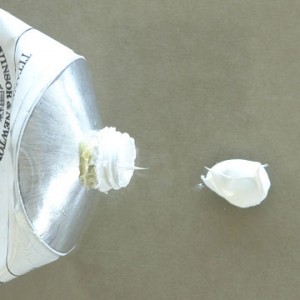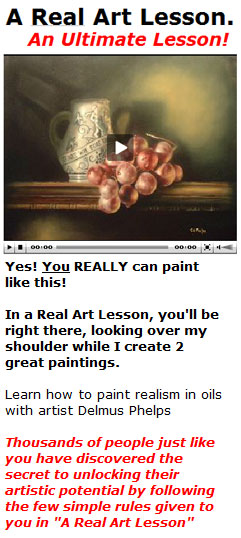White Paint
Posted by admin | Under Paint Saturday Apr 24, 2010 To all painters, white is an important part of the palette, but to the marine painter, white and its usage is so important that at times it almost becomes a medium. So working knowledge of the properties of the three basic white paints on the market today will help you to determine your procedure and to realize your final effects, whether it be direct painting, building the painting in successive layers, underpainting and overpainting, glazes or scumbling.
To all painters, white is an important part of the palette, but to the marine painter, white and its usage is so important that at times it almost becomes a medium. So working knowledge of the properties of the three basic white paints on the market today will help you to determine your procedure and to realize your final effects, whether it be direct painting, building the painting in successive layers, underpainting and overpainting, glazes or scumbling.
I hope that you will gather from these pages that I dislike very much falling into a system of using over and over again a procedure or a set palette. With your painting materials always the same, each picture will tend to appear just like the preceding one, with only a rearrangement of subject matter. If the materials you use are sound and compatible, and each lends itself to the realization of the desired final effect, then you have selected and used them for their best qualities.
ZINC WHITE possesses the wonderful quality of drying very slowly. When you also use a slow-drying painting medium, it allows you to work wet-in-wet, • sometimes for days. If you use a non-absorbent ground and, at the end of the working day, the picture is covered or placed away in a dark closet where the air is not allowed to circulate, the drying processes will be slowed even further.
TITANIUM WHITE does not have the history behind it of lead or zinc white, but has been used widely for a number of years. From all appearances, it holds up well and is compatible with other reliable colors of the palette. It is the lightest of whites, on the cool side, possessing extraordinary covering power. It works well when you are painting in successive layers or alta prima. It dries at a normal rate, but has a tendency to produce a glassy surface if • too much medium is used. Lead and zinc white have a much better glazing quality than titanium white. For grounds, the opaque quality of titanium is desirable, although you must allow for a longer drying period before proceeding to paint.
LEAD WHITE. The oldest of whites used in oil painting and the most versatile, it works well in grounds, has a semi-transparent quality and, when used with a little more body, will be opaque. Lead white dries fast and well. If the correct amount of medium is used, it will not build up a glassy surface • that is hard to work over with glazes. It yellows more than the other whites and has a tendency to become more transparent with age. A matte finish is easily arrived at without a large amount of turpentine. Of the three whites, it is the warmest. It is a poisonous white, so be especially careful if you grind your own paint.
UNDERPAINTING WHITE. One of the best forms of white I know for underpainting is the white you grind for yourself-either lead or titanium white in powder form, ground in a mixture of dammar varnish (heavy body) and linseed oil-one part oil, one part varnish. You may increase or decrease the oil or varnish to hasten or slow the drying time. If this white is not mixed too rich with medium, it will dry matte and will be a good surface to receive the overpainting. The drying time of this mixture will be but a few hours.
